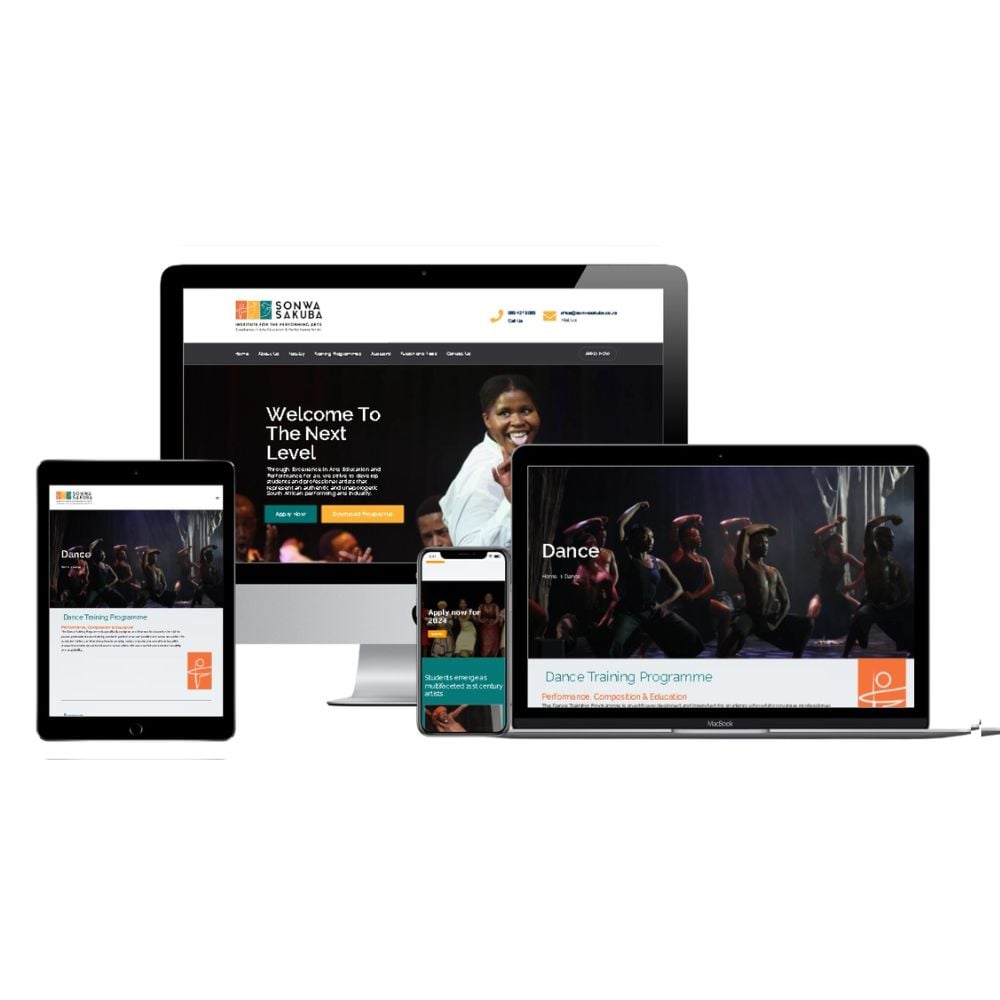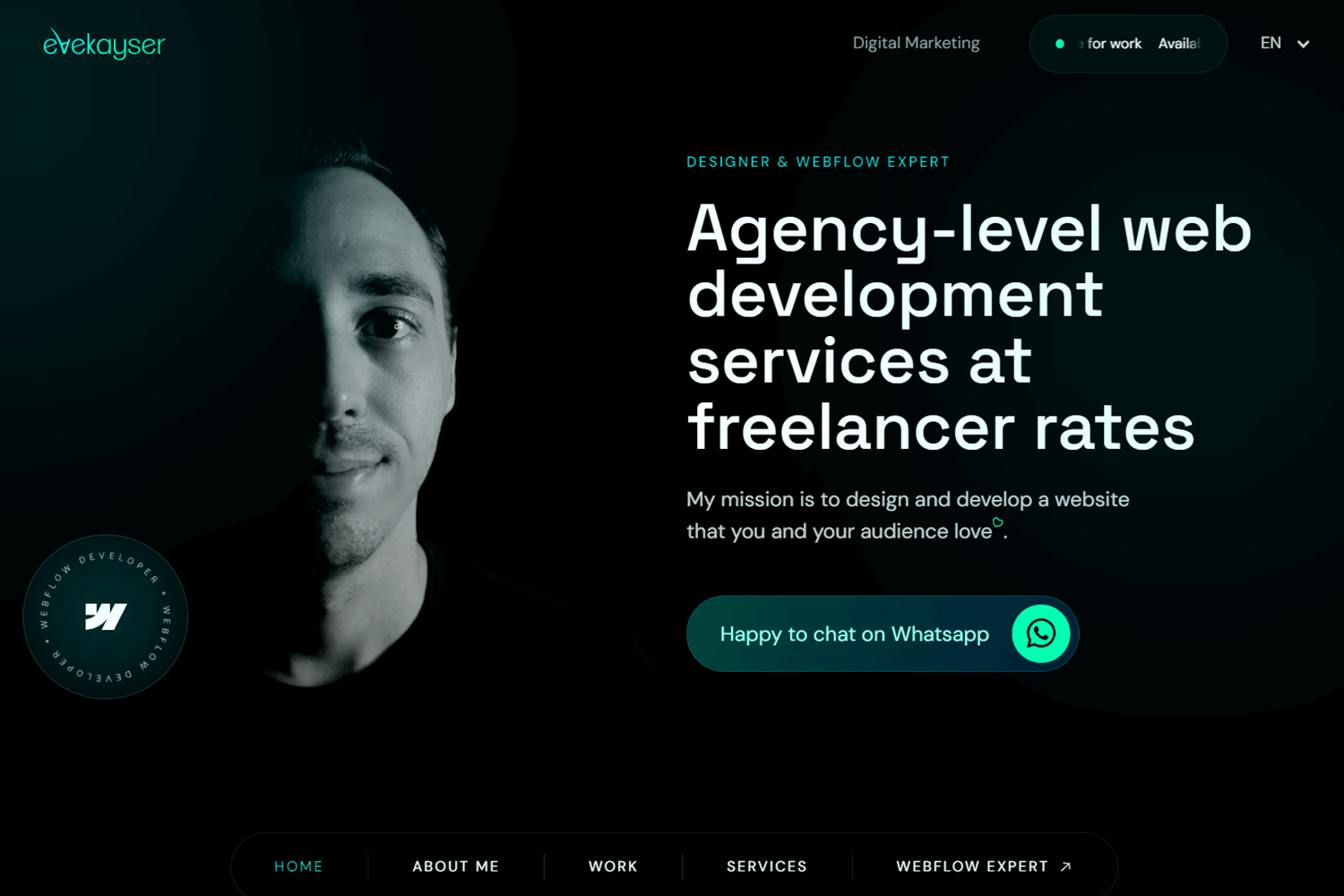Building User-Friendly Interfaces: Ideal Practices in Website Design
Building User-Friendly Interfaces: Ideal Practices in Website Design
Blog Article
Trick Strategies for Carrying Out User-Centric Website Style to Boost Interaction
When taking into consideration the application of user-centric web site layout, certain techniques are critical in boosting interaction. Detailed study right into individual requirements and choices creates the foundation, assisting the production of individual identities to notify design options. Instinctive navigating and receptive interfaces are essential, making certain convenience of access throughout all devices. Customizing content enhances user contentment, and durable ease of access features expand reach. These approaches collectively promote an even more purposeful online experience. How do these aspects come together efficiently, and what sensible actions can be taken to ensure their successful combination?
Understanding Customer Requirements
Recognizing user requirements is an essential step in the process of user-centric web site design. This technique makes sure that the site straightens with the assumptions and demands of its target market, eventually causing improved user satisfaction and involvement. The initial stage entails carrying out extensive research to gather understandings right into user habits, choices, and pain factors. Strategies such as studies, meetings, and individual screening can offer important qualitative and quantitative information regarding just how individuals interact with the website.
Analyzing this data allows developers to create thorough user personalities that stand for the various segments of the target market. These identities aid inform design choices by highlighting details customer objectives and difficulties, leading the advancement of functions that address these demands properly. Understanding the context in which individuals operate-- such as their atmosphere, tool choices, and time constraints-- can further fine-tune the layout approach.
Empathy plays a critical role in this procedure, making it possible for designers to see the internet site from the customer's point of view. By focusing on individual needs, the layout process becomes a lot more focused, protecting against the incorporation of unnecessary elements that could mess the individual experience. Eventually, a deep understanding of user demands is instrumental in crafting a site that is both useful and purposeful.
Creating User-friendly Navigation
Having developed a detailed understanding of customer demands, the following action in user-centric web site layout involves producing intuitive navigating. Efficient navigation is fundamental to individual fulfillment, influencing exactly how conveniently users can locate details and complete tasks. To attain user-friendly navigating, designers have to prioritize simpleness and clearness, guaranteeing that the navigation framework is logical and constant throughout the site.
Organizing material into a clear hierarchy is essential. Website Design. Using acquainted labels and icons can guide customers effortlessly, minimizing cognitive lots and boosting the total user experience. A properly designed navigating bar must be plainly positioned, enabling customers to recognize their present place and quickly explore various other areas of the site
It is additionally crucial to integrate interactive components such as breadcrumbs and search capabilities to help individuals in browsing complex sites. These features provide additional pathways and improve the accessibility of material, dealing with different customer choices and habits.
Examining navigating with real users is necessary to recognize potential pain factors and make certain capability lines up with user expectations. Regular responses loopholes and iterative enhancements can aid preserve a reliable navigation system that adjusts to developing individual needs, ultimately increasing involvement and fulfillment.
Developing Responsive User Interfaces
Usually, producing receptive interfaces is a critical facet of contemporary internet style, making certain that internet sites are useful and easily accessible throughout a wide range of tools and display sizes (Website Design). This flexibility is critical in a landscape where customers gain access to content by means of mobile phones, laptop computers, tablet computers, and desktops, each with differing resolutions and positionings. The primary goal of responsive style is to improve user experience by preserving optimum readability and functionality, no matter the device utilized
To achieve this, internet developers employ adaptable grid formats, liquid photos, and CSS media queries. Versatile grids permit website elements to resize proportionally, while fluid images ensure visuals scale suitably without losing top quality. Media inquiries play a vital function by using various designs based on the tool's features, such as size, height, and positioning, thus customizing the format to the customer's screen.
Moreover, receptive user interfaces add to improved search engine optimization (SEO) by providing a seamless customer experience, which in turn can reduce bounce prices and boost site engagement. In recap, adopting receptive layout is not just a technological factor to consider yet a crucial technique for fostering a user-centric internet atmosphere that fulfills the needs of a diverse audience.

Personalizing Web Content Experience
Individualizing material experience is a crucial part of investigate this site user-centric web site design that includes tailoring web content to satisfy the one-of-a-kind preferences and behaviors of private customers. This strategy not only enhances customer satisfaction yet additionally fosters deeper involvement, as visitors are most likely to interact with material that reverberates helpful site with their demands and interests. By leveraging information analytics and customer responses, services can identify patterns and trends that notify the customization of web content.
Incorporating personalization techniques can range from simple changes, such as advising products based on surfing background, to much more innovative techniques like vibrant content that adapts in real-time to a customer's communications. As an example, personalized landing pages can significantly raise conversion prices by providing individuals with pertinent details and uses that straighten with their previous tasks and choices.
Additionally, making use of synthetic intelligence and artificial intelligence can further refine content personalization by continually discovering from user actions and adapting to emerging patterns. This not just boosts the user's trip however also constructs brand name commitment, as clients feel recognized and valued. Eventually, individualizing the material experience is a necessary method for organizations aiming to create a more appealing and significant interaction with their target market.
Enhancing Access Attributes
Enhancing access attributes is a basic element of user-centric site layout, ensuring that electronic web content is usable by everybody, consisting of people with disabilities. This method not just adheres to legal criteria such as the Americans with Disabilities Act (ADA) and the Web Material Availability Standards (WCAG) but additionally significantly broadens an internet site's audience reach. By incorporating attributes like keyboard navigating, display reader compatibility, and alternate text for images, visit sites become a lot more inclusive, providing a smooth experience for individuals with visual, auditory, or electric motor problems.
Including responsive layout components is vital, promoting gain access to on different gadgets and screen sizes, therefore fitting individuals with different choices and requirements. Contrast proportions and text dimension changes can boost readability for individuals with aesthetic challenges. Offering concise and clear material structure, such as headings and listings, help understanding and navigating, specifically for customers with cognitive disabilities.
Regular accessibility audits ought to be performed to determine and fix potential barriers, ensuring continued conformity and usability. By prioritizing availability, businesses not just foster inclusivity but also improve general user engagement and contentment, inevitably driving greater conversion prices and strengthening brand name loyalty.

Conclusion
Including user-centric design approaches considerably boosts web site involvement by focusing on the needs and choices of individuals. Complete research study assists in the development of user characters, leading targeted design choices. Intuitive navigating and responsive interfaces improve functionality and availability throughout gadgets. Customizing web content based upon customer behavior raises satisfaction, while robust ease of access functions expand audience reach. Collectively, these approaches produce a meaningful on-line experience, fostering deeper engagement and communication with the web site.
Complete study into user needs and preferences creates the structure, assisting the development of individual personalities to educate design selections. Methods such as surveys, meetings, and individual testing can supply beneficial qualitative and quantitative information about just how users interact with the internet site.
By prioritizing individual demands, the layout process comes to be more concentrated, avoiding the incorporation of unnecessary components that might clutter the user experience. Effective navigating is essential to user complete satisfaction, affecting exactly how easily individuals can find information and complete tasks. The use of familiar labels and symbols can guide users easily, lowering cognitive lots and enhancing the general customer experience.
Report this page